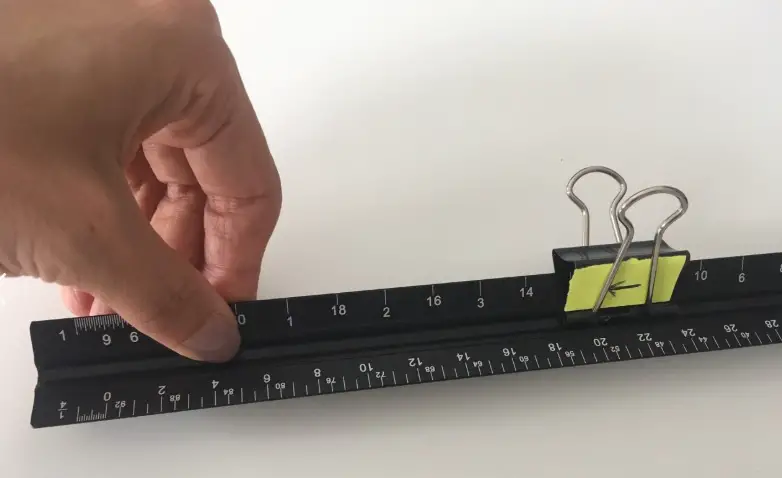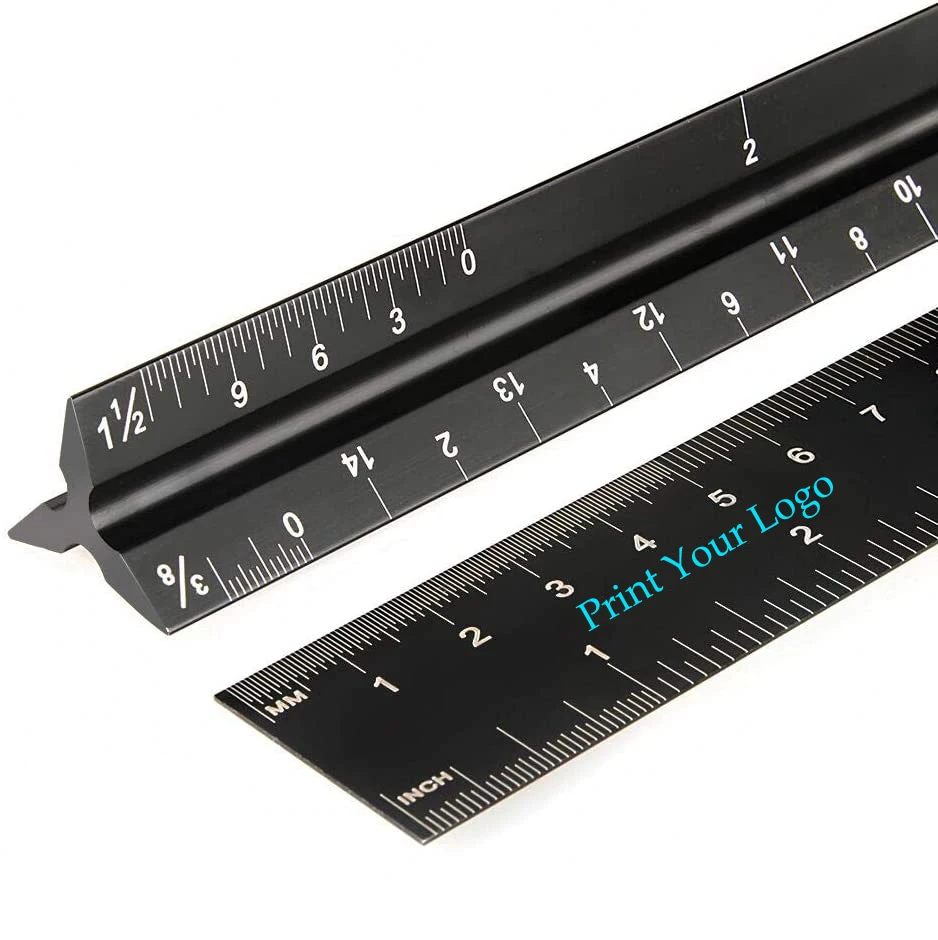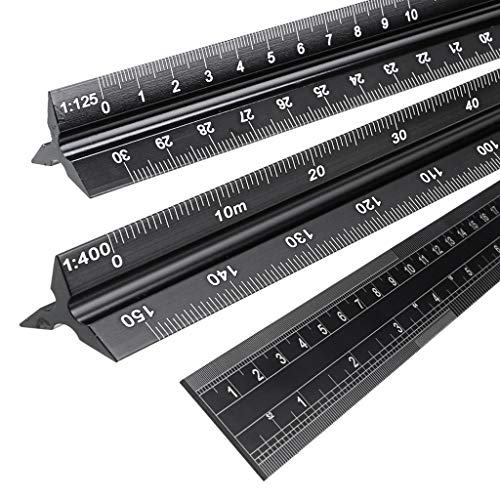

It means 1 unit that you see represents 100 units of the actual size 1" (1 inch) = 100" or 1" = 100'. How do i read 1:100 ruler i think it is called scale ruler? Start with a ruler that is graduated in 10th of an inch (or finer).ĩ0 mm is the scale of 9 cm on a ruler. The picture is of a ruler that has one scale on one side, and another scale on the other side. Most unlock codes are generic and setup on most cellphones as 123, 1234, or 1111. All you have to do is to locate 4.5 inches which is a simple.
HOW TO READ A METRIC SCALE RULER FULL
A scale is a measuring device used by architects and engineers that assists them in making drawings to a scale other than full size. What is a steel rule Some people confuse rules and scales. When used correctly, a good steel rule is a surprisingly accurate measuring device. 1:50 is also equivalent to 1/2 of meter for every cm on the drawings, because 100 cm is equal to a 1 meter. Using a Steel Rule The steel rule is a basic measuring tool. ĭoes not matter dear it happens some times. What they represent is the following 1:50 means that when you measure 1 cm on the drawing it is equivalent to 50 cm of the real item to be built. It shows the exact measures in the engineer scales. You will need some hard card paper that is white in colour, a steel or wooden scale with markings in. These rulers are useful in architecture to get exact measurements without rounding up or down to the nearest centimetre, which of course you can do with the millimetre ruler you round up if it goes beyond or is on the. It is easier to count in centimetres, then work out the decimal point of the last centimetre value by means of looking at the marking on the ruler if it comes up to the fifth marker of that set of 10 millimetres, the decimal is. This is to make markings of every half-centimetre easier to read. Every fifth millimetre is seen to be longer than the first, second, third, fourth, sixth, seventh, eighth and ninth. The 10 indentations between each centimetre denote each millimetre, of which there are ten in every one centimetre.

Whether it is a 15, 30 or 100-centimetre ruler, it is much the same case with every ruler. Because the marks on a mm ruler are quite small and arent numbered, it may help to put your finger, or the point of a pen or pencil, down to help you keep your eye on. Architect's scales may be flat, with 4 scales, or have a symmetric 3-lobed cross-section, with 6 scales.The markings on a millimetre ruler are such that it is not hard at all to take the measurements to one decimal place. Now that the 'zero' mark on your ruler is lined up with one edge of the object youre measuring, read along the ruler until you reach the far edge of the object being measured.

Scales were traditionally made of wood, but today they are usually made of rigid plastic or aluminium.

In common usage both are referred to as a ruler.Īn architect's scale is a specialized ruler designed to facilitate the drafting and measuring of architectural drawings, such as floor plans and orthographic projections.īecause the scale of such drawings are often smaller than life-size, an architect's scale features multiple units of length and proportional length increments.įor accuracy and longevity, the material used should be dimensionally stable and durable. A device for drawing straight lines is a straight edge or ruler. In scientific and engineering terminology, a device to measure linear distance and create proportional linear measurements is called a scale. A scale ruler is a tool for measuring lengths and transferring measurements at a fixed ratio of length two common examples are an architect's scale and engineer's scale.


 0 kommentar(er)
0 kommentar(er)
